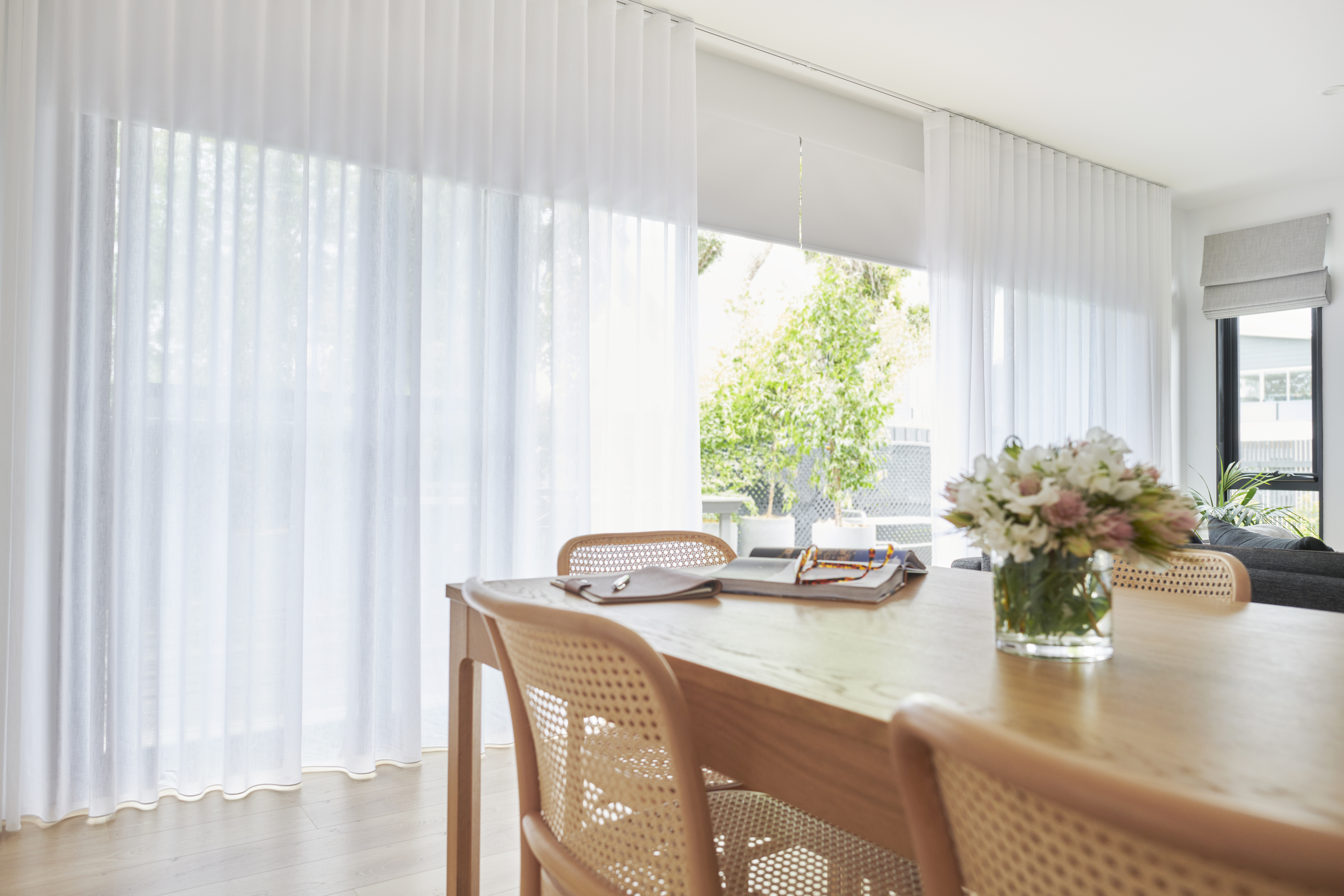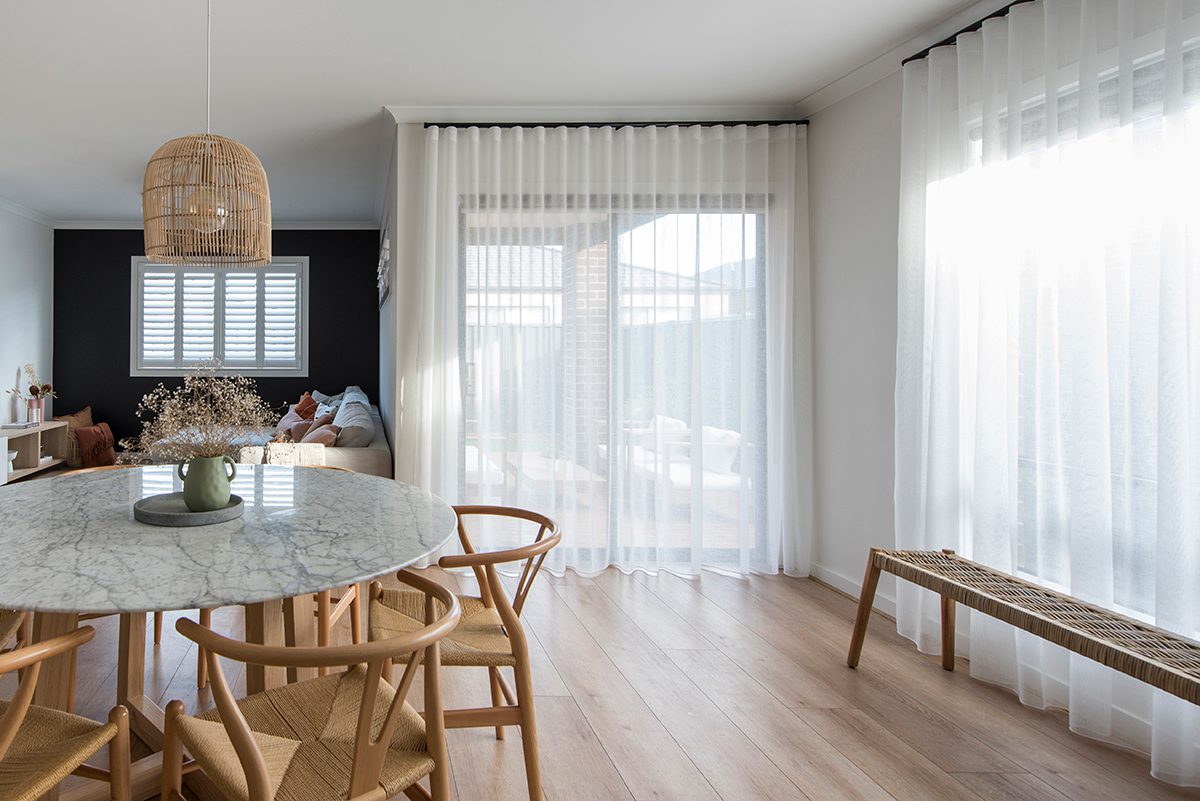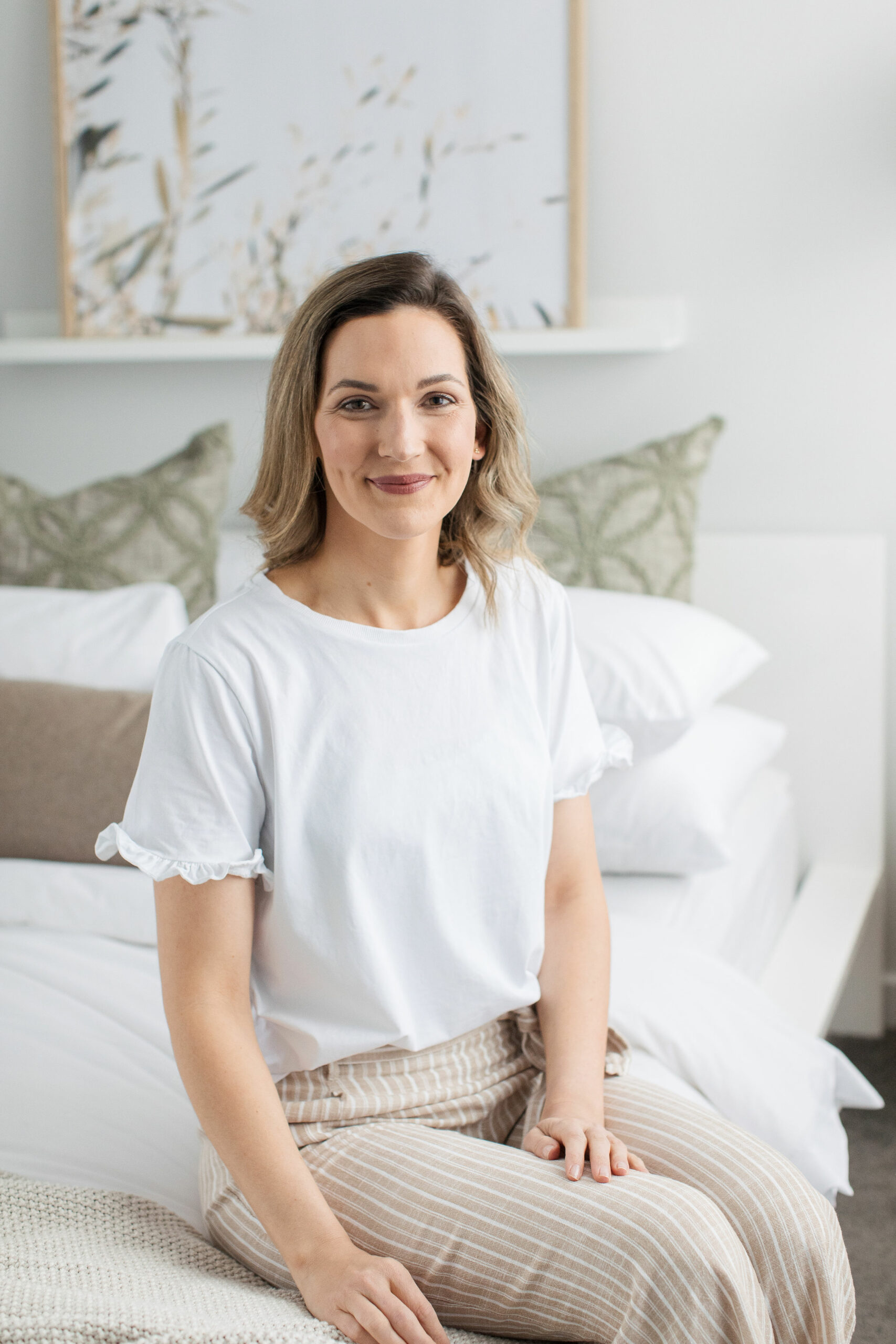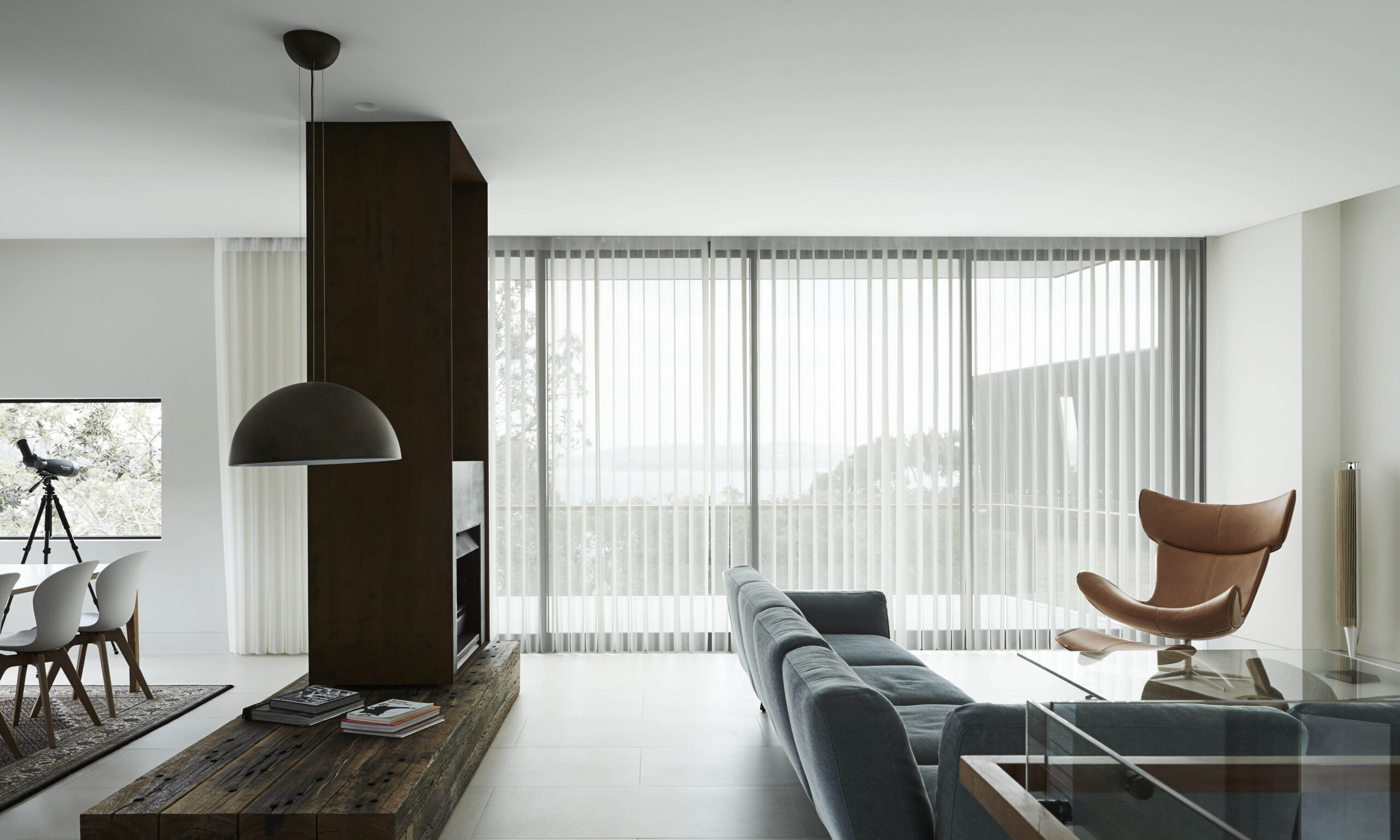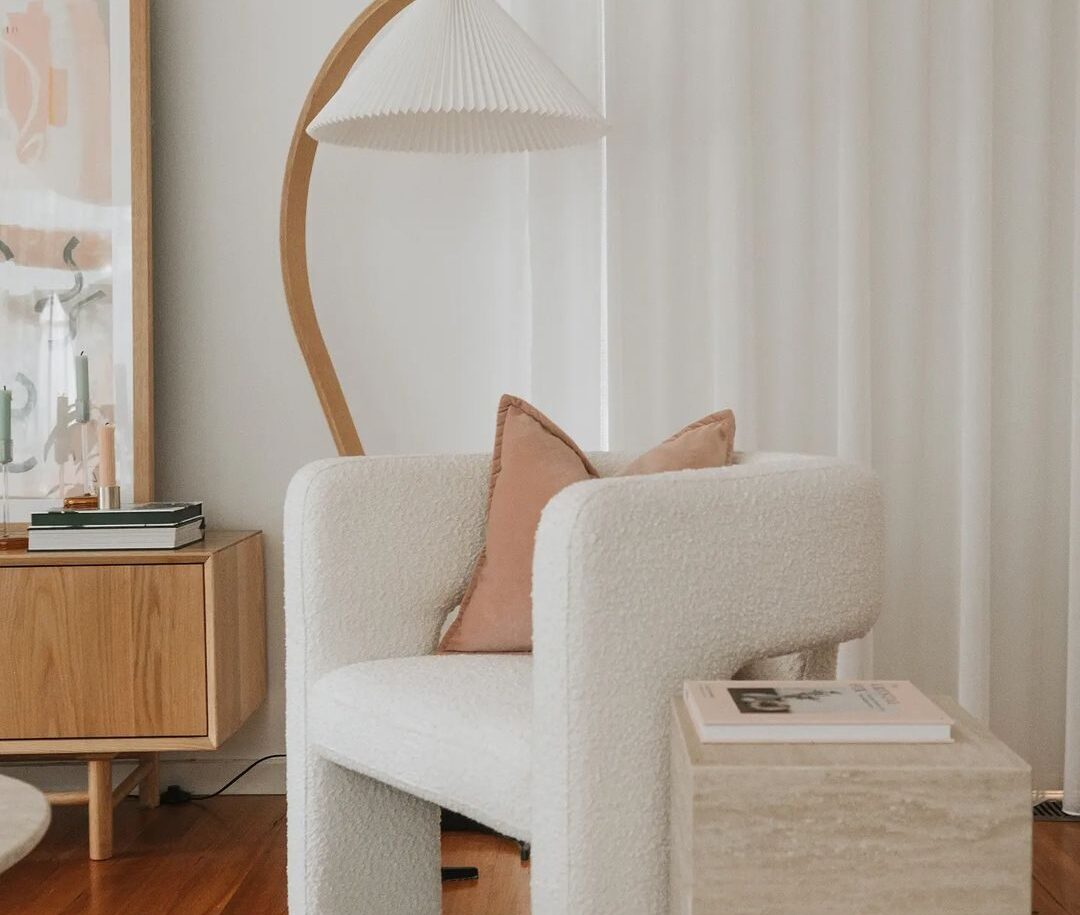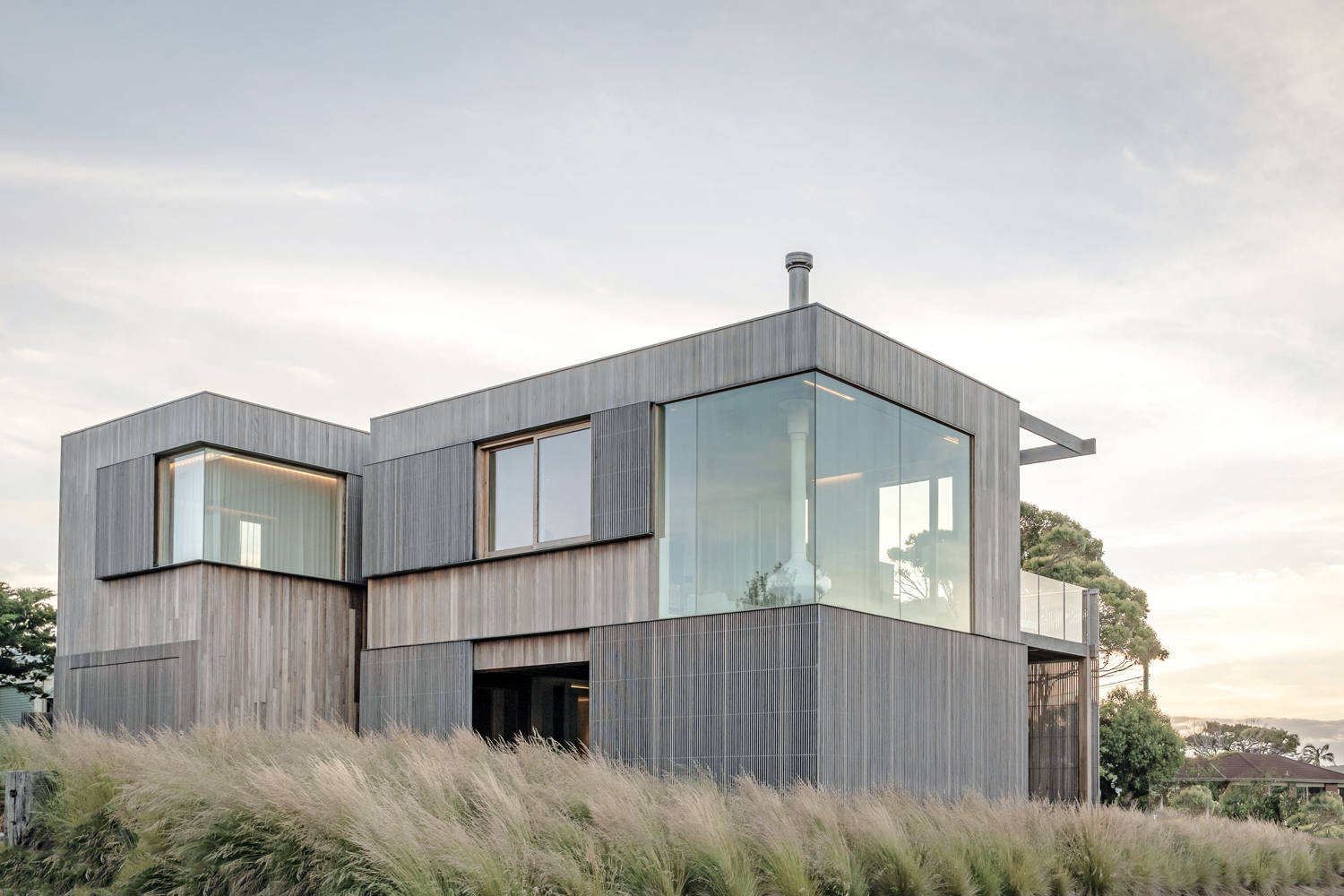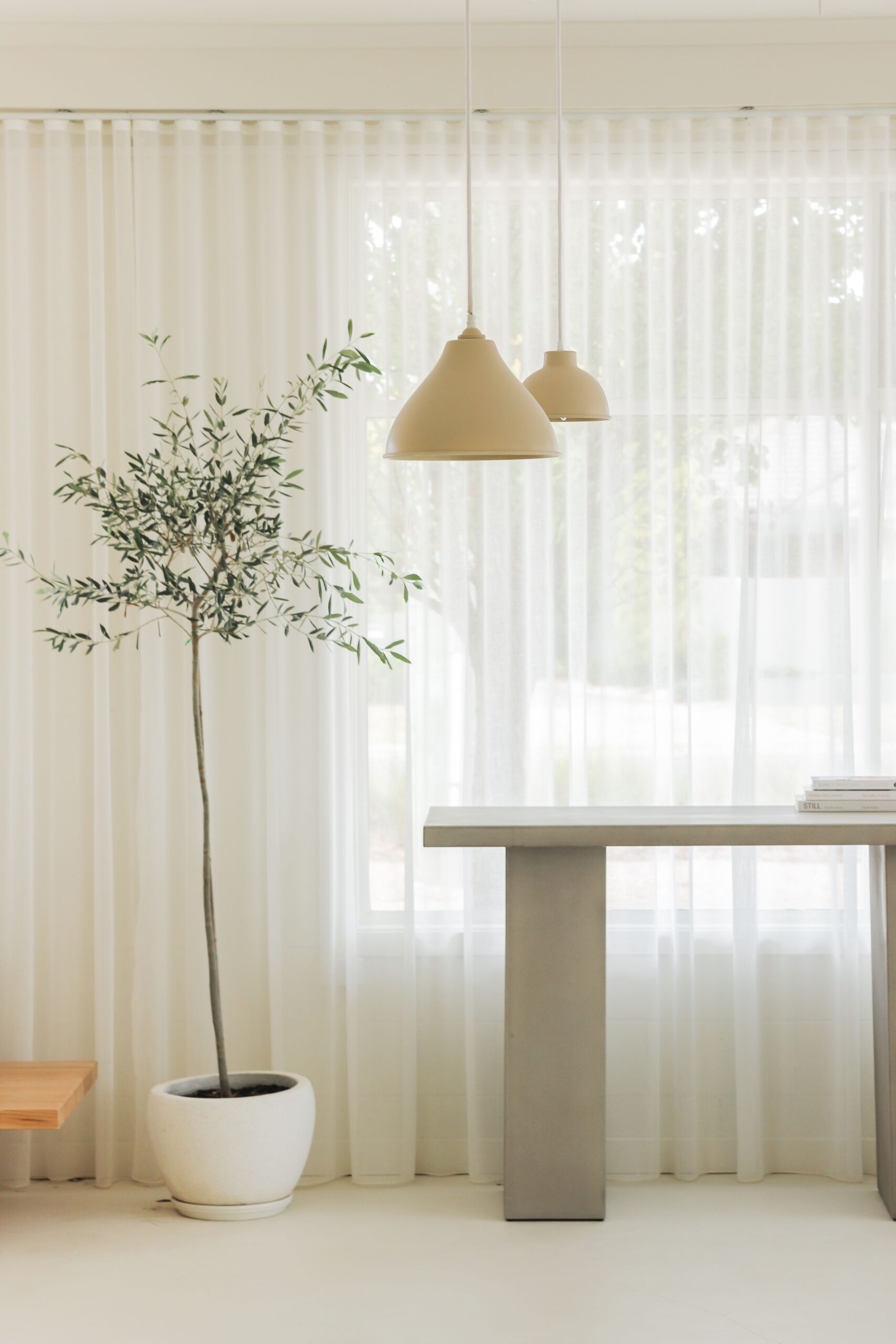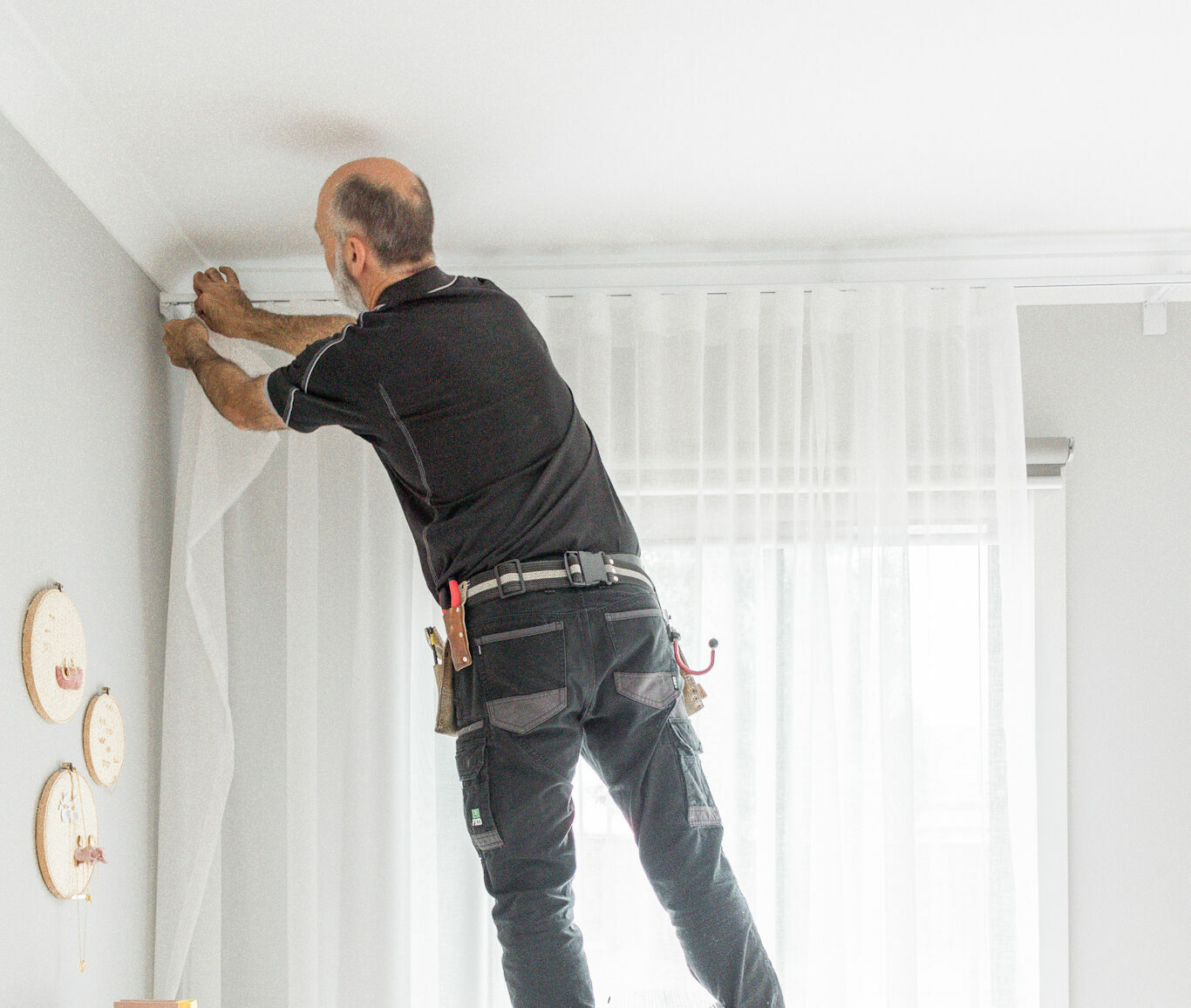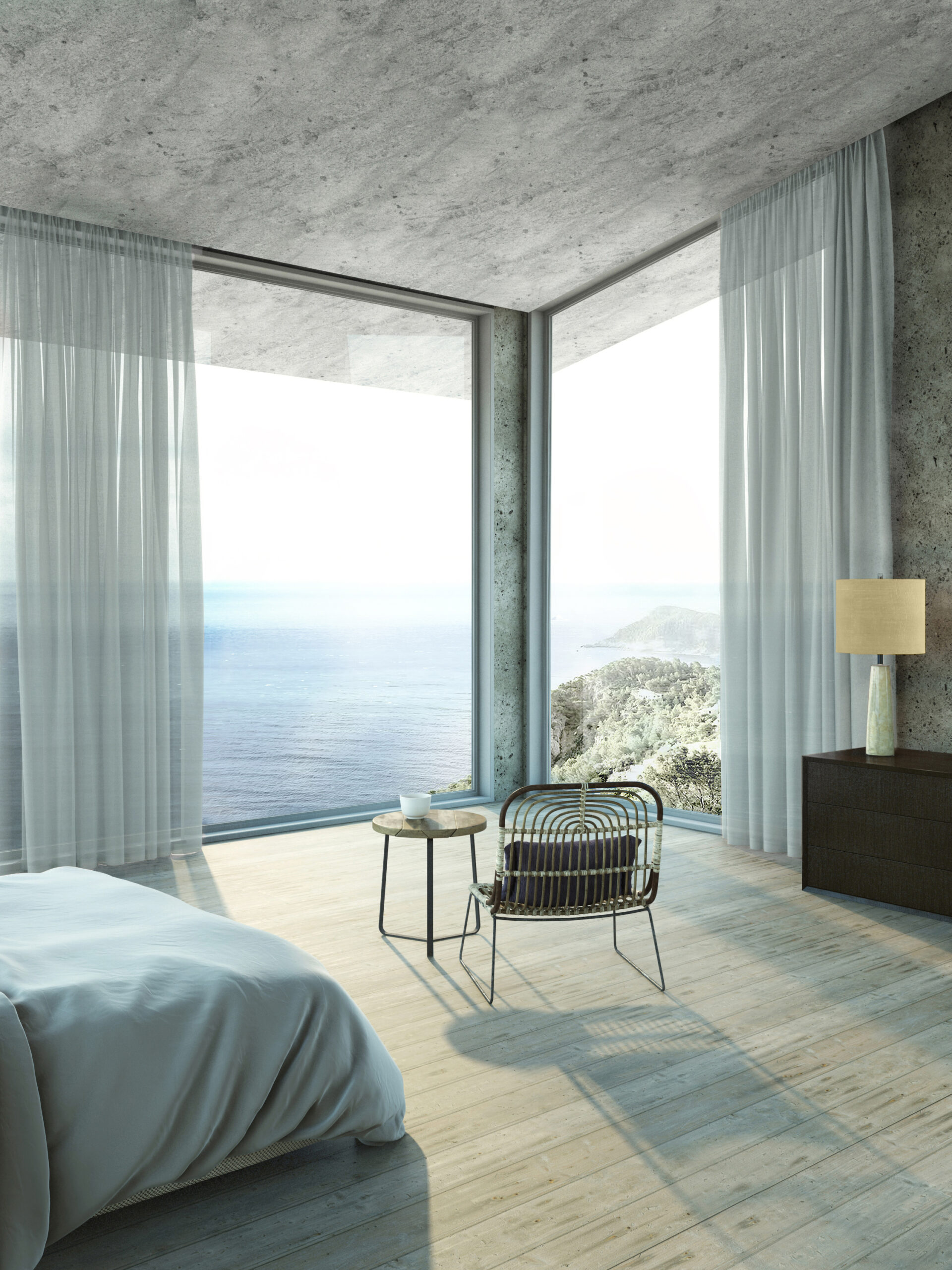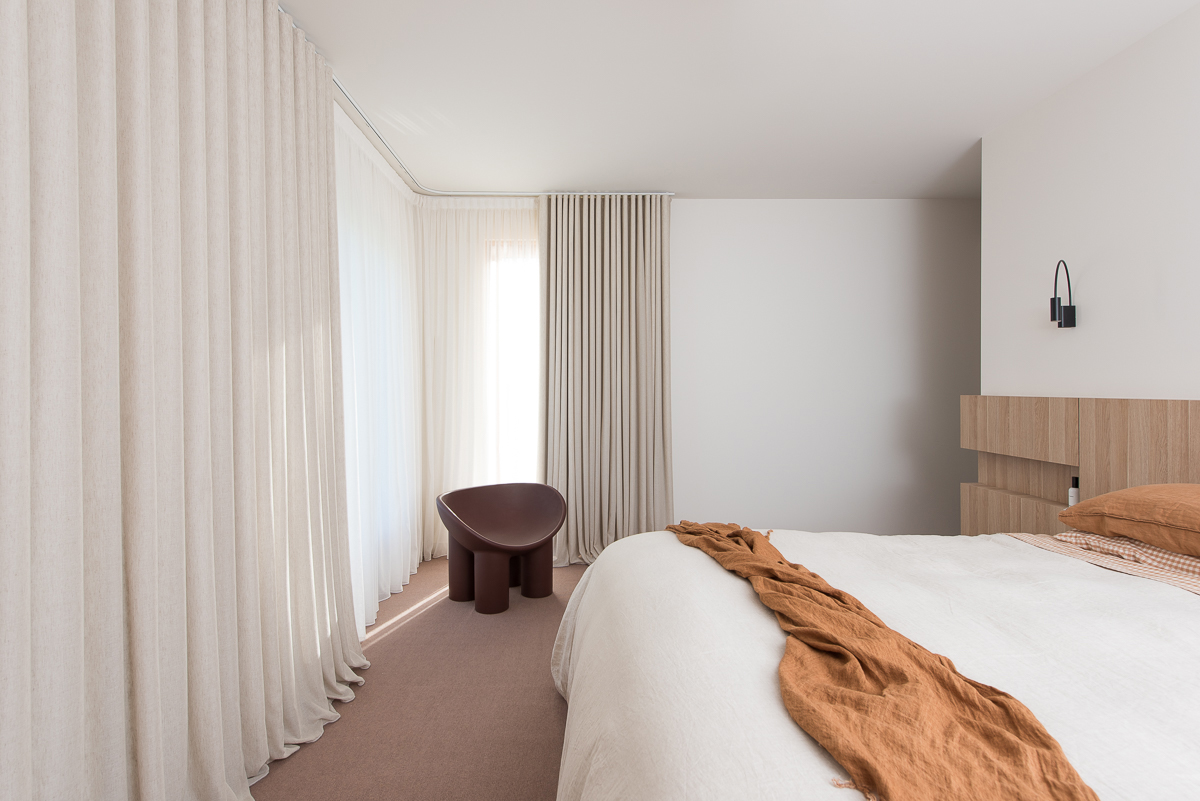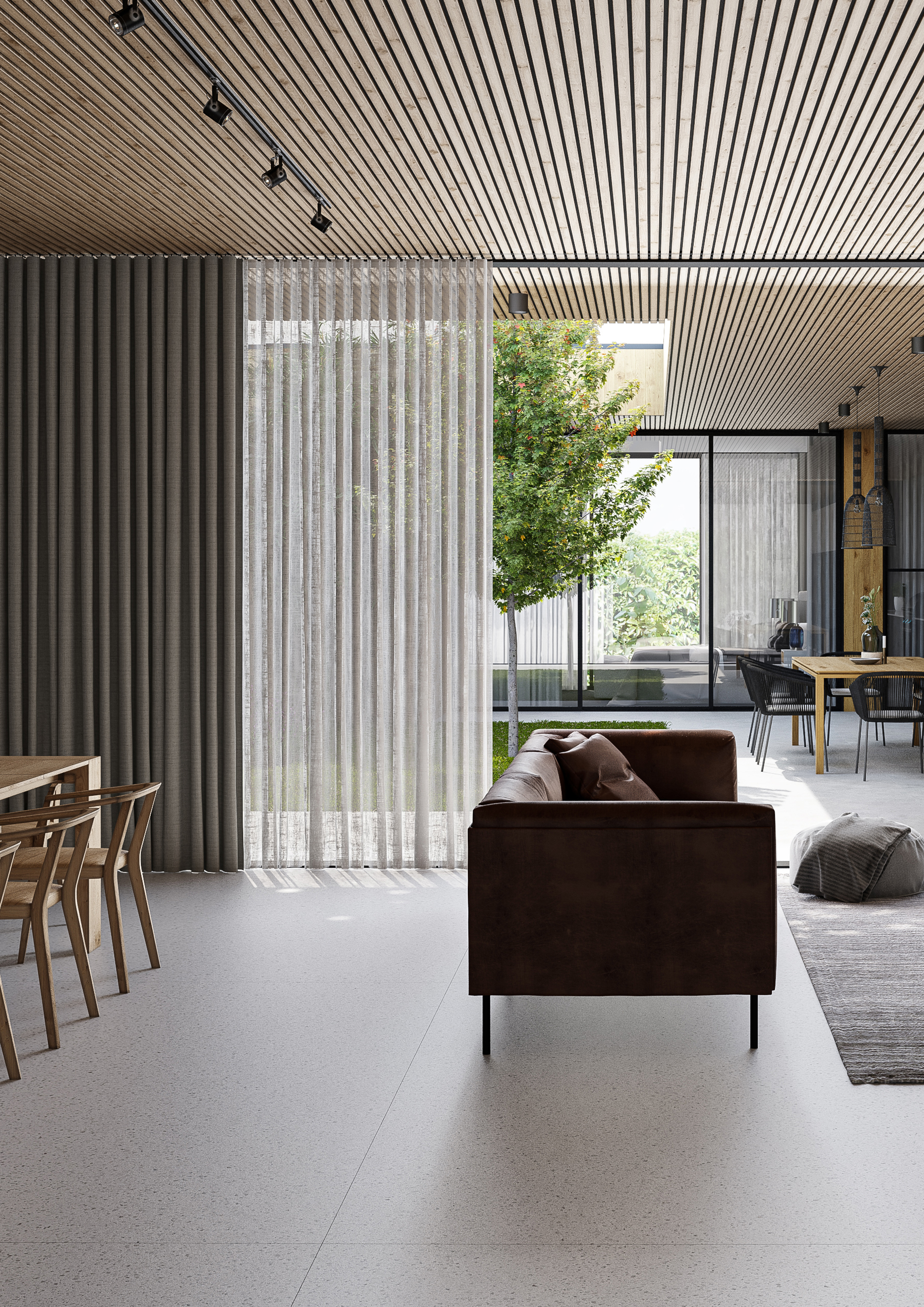So you’ve decided you’d like to use Curtains in your home – great choice!
If you’ve already started looking into Curtains options though, you’d know there’s a lot of choice. Not just with fabrics but also Curtains Headings – What exactly is a Wave Fold or Pinch Pleat? – and Track types.
Without a doubt, the most popular Curtain Heading at the moment is the Wave Fold (also called S fold or Ripple Fold). Just as the name suggests, it gives your Curtains a smooth and continuous S pattern along the width of your window or wall. This type of Curtain Heading needs a rack and is best suited to sheer fabrics. It’s a contemporary look that’s being used in a wide range of interior styles, from modern to Hamptons.
Another type of Curtain Heading gaining popularity is Knife Pleat. This is a continuous flat pleat that evenly gathers your Curtains. Traditionally, this style of heading was used for backing Curtain fabrics but now we’re seeing it used on standalone Curtains. It also suits sheer fabrics and is a great option for a softer, more minimal look. Cordless child safe operation is available too.
Speaking of pleats, there are quite a few types and another common option is Pinch Pleat. This is where the Curtain is ‘pinched’ at evenly spaced intervals with a double or triple pinch. This type of Curtain Heading is ideal for thicker fabrics as it will complement the volume of the fabric, sitting beautifully and stacking with ease. This type of heading suits traditional style homes or formal rooms, particularly when a Triple Pinch Pleat is used.
Pencil Pleat or Gathered Curtains are another classic look. This is where the folds of fabric are tightly gathered to create a
semi-cylindrical look that resembles a line of pencils. It’s less structured and softer than Pinch Pleat but still creates a tailored look. This type of heading suits light to heavy weight fabrics.
Another type of pleat you may have heard of is Reverse Pleat, which shifts the structure of the pleats to the rear of the Curtains, creating a flat look at the front. It’s suitable for blockout fabrics and creates a minimal look, ideal for modern homes.
All of these pleat options can be hung from a Track or Rod.


The Eyelet is another option on the market, however its time in the spotlight is declining. This is where the Curtain is hung on Decorative Curtain Rods using metal rings that are pressed into the top heading of the Curtains.
It’s a casual look with less stack back and when used in a sheer fabric, you can add a designer touch by using a contrasting band across the top.
And finally, there are Rod Pocket or Slotted Curtain Headers where the Curtains are fixed directly on a decorative Rod. We’re seeing less of this type of Curtain Header being used these days but it’s a cost-effective solution that can offer a relaxed look for Sheers.
Once you’ve decided on your heading type, it’s time to choose your Track type. I’ve already mentioned which Curtains are suitable for a Track system such as Wave Fold or need to be hung on a Rod or Pole such as Eyelet, or can be used on both like any of the pleat options.
So, is it better to use a Track system or Rod? Really this depends on you and the overall style you wish to achieve in your home.
Increasingly, people are leaning towards Curtains that use a discreet Track system. The benefit of these is that they can be custom fit to suit any size and shape window, such as bay windows, and can be motorised.
However, in spaces where you want to create a more decorative look, especially in period style homes, a Rod may be a better option. These come in a variety of materials and styles and can enhance the overall look of your space.
Another thing to consider is the Curtain length and whether you want it to kiss, float, or puddle on the floor.
The last decision you’ll need to make is where to fix the Rod or Track – to the wall above or ceiling?
Ceiling mount (or top fit) is a popular option for Tracks as it can create the sense of the space being larger. In modern homes, or spaces with a standard ceiling height, this is both a popular and clever option.
Fixing the Track to the wall above the window (also called face fit) is commonly seen in traditional style homes, or homes with raked ceilings where you want a uniform Curtain height around the room.
